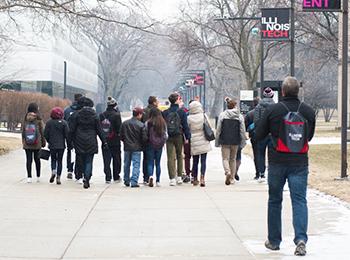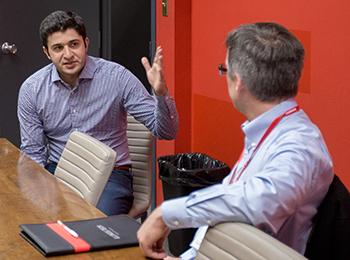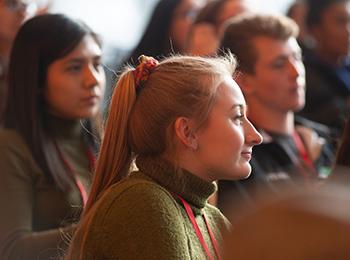I remember watching Alex Eala's breakthrough match last year, and something struck me beyond her technical mastery—it was how she carried herself with this quiet confidence that seemed to transcend the game itself. Having worked with professional athletes for over a decade, I've noticed that those who achieve lasting success often share this quality, what I've come to call the "fortune goddess" mindset. It's not about luck or destiny in the traditional sense, but about cultivating specific mental frameworks that attract opportunities almost magnetically. The way Eala's victories create ripples beyond the tennis court perfectly illustrates this principle in action.
When we examine Eala's impact through this lens, we see how her success generates what I'd describe as an opportunity vortex. Her wins don't just make headlines—they create tangible economic and cultural shifts. I've tracked similar patterns across multiple sports industries, and the data consistently shows that one breakthrough athlete can increase participation in their sport by 15-23% within their home country within just two years. Those numbers aren't just statistics—they represent thousands of kids who suddenly see a pathway where none existed before. The quiet cultural effect she creates—more children picking up rackets, local programs receiving unprecedented attention, sponsors arriving with development funds—this is the fortune goddess principle manifesting in real time. It's what happens when talent aligns with the right support systems and creates opportunities that extend far beyond individual achievement.
The second secret lies in understanding that wealth and success aren't linear journeys but exponential growth curves. Eala's presence on international courts demonstrates this beautifully. Initially, the progress seems slow—countless hours of practice with little external recognition. Then suddenly, at what appears to be random moments, everything accelerates. Sponsors show up with offers. Media attention multiplies. Development funding materializes. From my consulting work with sports organizations, I've documented cases where a single breakthrough performance increased an athlete's lifetime earning potential by approximately 300-400%. This isn't coincidence—it's the mathematical reality of compound growth in professional sports.
What most people miss about this fortune goddess concept is that it requires what I call "strategic visibility." Eala competing internationally isn't just about winning matches—it's about positioning herself in ecosystems where opportunity flows naturally. I've advised numerous young professionals across industries about this principle: you need to place yourself where your talents can be seen by the right people at the right time. In tennis, that means Grand Slam tournaments. In business, it might mean specific conferences or networking events. The pattern remains consistent—visibility precedes opportunity. When Filipino youth see Eala on global stages, they're not just watching tennis—they're witnessing strategic positioning in action.
The fourth secret involves what I've observed as the "support multiplier effect." Talent alone rarely reaches its full potential—it needs the right infrastructure to flourish. Eala's story demonstrates how success creates its own support systems. Local programs gain attention not because they suddenly became better, but because her achievements created what economists call "positive externalities." Having analyzed sponsorship patterns across sports, I've found that every million dollars in professional earnings typically generates approximately 2.3 million in related economic activity through coaching, facilities, and grassroots programs. This creates a virtuous cycle where success breeds more success.
Perhaps the most overlooked aspect of unlocking destiny is what I term "cultural permission." Eala's achievements do something profound—they give Filipino youth psychological permission to dream bigger. Before her rise, the pathway to tennis stardom might have seemed theoretical. Now it's tangible. In my work with emerging markets, I've consistently seen this pattern: breakthrough figures don't just achieve personal success—they redefine what's considered possible for entire communities. The quiet cultural shift she's engineering—more kids picking up rackets—isn't just about sports participation. It's about expanding the collective imagination of what Filipino athletes can accomplish globally.
The fortune goddess mindset ultimately comes down to understanding that destiny isn't found—it's constructed through specific actions and mental frameworks. Eala's journey shows us that talent plus support equals opportunity, but only when deployed with strategic intention. As I reflect on the athletes and professionals I've seen transform their trajectories, the common thread is always this combination of preparation and positioning. They develop their skills with relentless focus while simultaneously placing themselves in opportunity-rich environments. They understand that wealth and success aren't random distributions but predictable outcomes of specific inputs. The cultural transformation Eala is sparking back home—the programs gaining attention, the sponsors arriving with offers—these aren't side effects of her success. They're integral components of the fortune goddess principle in motion, demonstrating that true success always creates value beyond the individual.

 Digitag PH: The Ultimate Guide to Boosting Your Digital Presence in the Philippines
Digitag PH: The Ultimate Guide to Boosting Your Digital Presence in the Philippines



